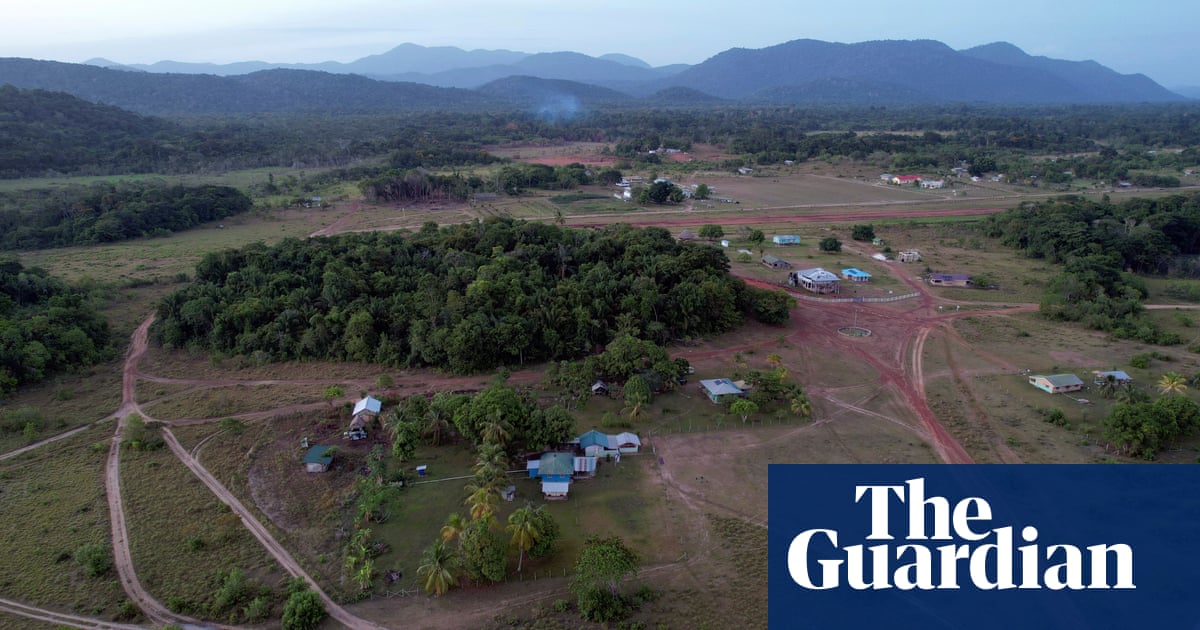
China has added new structures near the site of a deadly border clash with India, according to satellite imagery, raising the possibility of further conflict even as the two sides have pledged to disengage.
Images taken on Monday by the US-based Maxar Technologies show what appear to be Chinese structures on a terrace overlooking the Galwan River, close to where Indian and Chinese military engaged in hand-to-hand combat for hours last week, resulting in the deaths of 20 Indian soldiers. China has not released its casualties from the confrontation on 15 June.
On Monday, Indian and Chinese military commanders agreed to step back from a weeks-old standoff at several locations along the disputed border.
However, India acknowledged for the first time Thursday that it has matched China in massing troops in the region.
The apparent buildup underlines the possibility that the peace will not hold.
Amid the detente, Beijing has continued to blame Indian troops for triggering the clash, while Indian media have reported that the Chinese military attacked Indian soldiers with sticks encrusted with nails.
India says the area where the structures have been built are on its side of the poorly defined Line of Actual Control, the de facto border between the two nuclear powers. China claims the whole of Galwan Valley, located at about 14,000ft (4,300 metres), as its territory.
The construction includes camouflaged tents or covered structures against the base of a cliff and, a short distance away, a potential new camp under construction with walls or barricades.
On the Indian side, defensive barriers can be seen in the latest images that were not visible in pictures taken in May. An Indian forward post appears to have been scaled back compared with images a month ago.
“Satellite imagery from the Galwan Valley on June 22nd shows that ‘disengagement’ really isn’t the word that the [Indian] government should be using,” Nathan Ruser, a satellite data expert at the Australian Strategic Policy Institute, posted on Twitter in an analysis of the images.
China and India fought in 1962 and again in 1967 over the disputed border, but both sides have sought to avoid conflict since then.
Indian military officials have said they will be closely monitoring the planned disengagement process and verifying it on the ground. Analysts have said China appears to be hardening its position, perhaps in an effort to distract from domestic problems as the Chinese economy struggles to recover from the coronavirus outbreak.
“There is a trust deficit so far as the Chinese are concerned,” said Deepak Kapoor, a former Indian army chief. “So if they are telling us verbally they are ready to pull back, we will wait to see it on the ground. Until then the armed forces will be on alert.”
In an editorial on Wednesday in the state-run Global Times, its editor, Hu Xijin, said: “The People’s Liberation Army has taught a lesson to the Indian side, which has always misjudged Chinese people’s determination and advantages.”
He added in a post on Twitter: “Don’t mess with PLA otherwise they will teach you a heavier lesson.”












